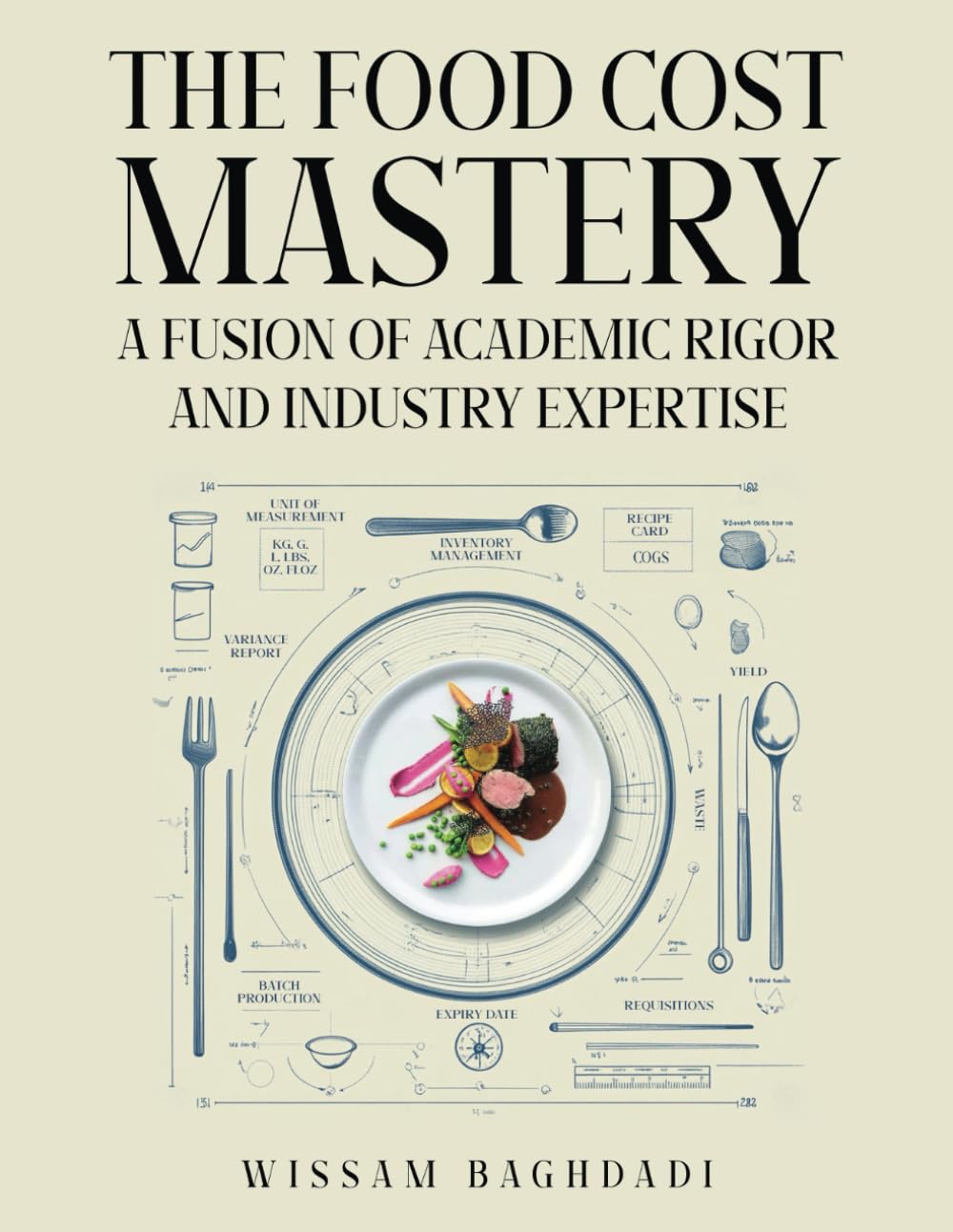
In today’s competitive restaurant landscape, personalization is no longer a luxury—it’s a necessity. Modern diners expect menus that cater to their tastes, dietary preferences, and evolving expectations. The Food Cost Mastery: Fusion of Academic Rigor and Industry Expertise by Wissam Baghdadi emphasizes the transformative power of leveraging data to refine menu offerings. By analyzing sales trends and customer preferences, restaurateurs can create menus that delight diners while driving profitability.
The Role of Data in Menu Optimization
Data-driven decision-making starts with collecting and analyzing information from Point-of-Sale (POS) systems, customer feedback, and online platforms. Baghdadi highlights that this data provides actionable insights into what customers want and how they interact with the menu.
Key Data Sources:
- Sales Trends: Identify best-sellers and underperformers to optimize menu offerings.
- Customer Demographics: Understand your audience’s preferences based on age, dietary restrictions, and spending habits.
- Feedback Channels: Use reviews and surveys to uncover gaps in customer satisfaction.
Customizing Menus for Maximum Impact
1. Highlight Popular Items
By identifying “Stars”—dishes that are both highly profitable and popular—restaurants can strategically position these items for maximum visibility. Baghdadi suggests using callouts or chef recommendations to encourage customers to choose these crowd-pleasers.
2. Cater to Dietary Preferences
Data analysis can reveal trends like increasing demand for plant-based dishes or gluten-free options. Incorporating these insights allows restaurants to stay relevant and inclusive. For instance, introducing a vegan version of a popular entrée can appeal to a broader audience without alienating loyal customers.
3. Dynamic Adjustments Based on Performance
Items that underperform (“Dogs”) can be redesigned or replaced with offerings that better align with customer preferences. For example, modifying a dish’s presentation or ingredient profile could transform it into a bestseller.
Creating a Personalized Dining Experience
1. Targeted Promotions
Data allows for targeted marketing campaigns, such as offering discounts on items favored by specific customer segments. Baghdadi shares how personalized promotions can enhance customer loyalty while boosting sales of high-margin dishes.
2. Loyalty Programs
Integrating menu adjustments with loyalty programs can further personalize the dining experience. Customers who frequently order certain items might receive exclusive offers or early access to new dishes.
3. Predictive Analytics
By analyzing historical data, restaurants can predict future trends and prepare for changing customer demands. For instance, if data shows increased orders for cold beverages in the summer, a restaurant can introduce a seasonal drink menu to capitalize on this trend.
Tools and Technology for Data-Driven Insights
Baghdadi emphasizes the importance of using advanced POS systems and inventory management software to streamline data collection. These tools provide real-time insights into sales patterns, inventory turnover, and customer behavior, making it easier to adjust menus proactively.
Personalizing customer experiences through data-driven menu adjustments is a game-changer for modern restaurants. As outlined in The Food Cost Mastery, analyzing sales trends and customer preferences empowers restaurateurs to refine their menus, enhance customer satisfaction, and improve profitability. By leveraging data effectively, restaurants can create a dining experience that feels tailored and memorable for every guest.